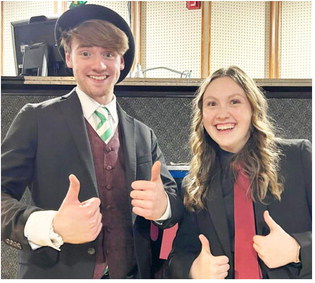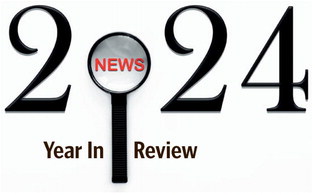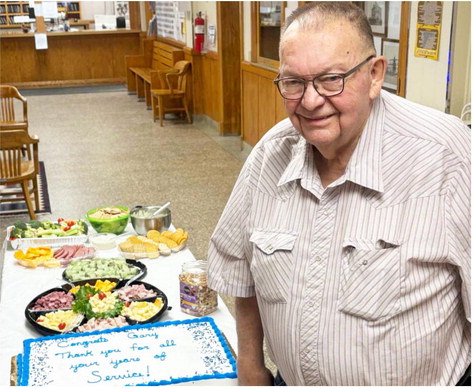ter Toll Free Crisis Phone ….
ter Toll Free Crisis Phone Line: 800-597-6608, or call 911.If you or a loved one are experiencing a substance use issue, reach out to the following for help: SAMHSA’s National Helpline: 800-662-HELP (4357) and TTY 800-487-4889, Eastern Montana Community Mental Health Center 653-1872.
For more information, visit the RCHD Facebook page or covid19.mt.gov or the CDC’s Coping with Stress page, www.cdc.gov/coronavirus/ 2019-ncov/daily-life-coping/ managing-stress-anxiety. html.
Testing
COVID-19 testing continues to be available from your healthcare provider, as well as at both IHS locations.
Vaccine
On Nov. 9, Pfizer announced its COVID-19 vaccine is 90 percent effective in preventing infection. It was announced in July that the Trump administration entered into an agreement with Pfizer to own 100 million doses of the vaccine after it’s manufactured and receives approval or emergency use authorization from the FDA. This $1.95 billion agreement will help with production and nationwide delivery of the vaccine.
The Department of Public Health and Human Services this week announced that they have received the largest shipment of the 2009 H1N1 vaccine to date.
More than 37,000 doses of vaccine arrived in Montana this week, bringing the total number of doses the state has received to over 194,000. These doses have been distributed to county and tribal health departments for disbursement to clinical, hospital and private providers.
People now eligible for vaccination in Montana are: pregnant women, health care workers, all children and adults aged six months to 24 years and caregivers of children 6 months and younger and adults 25 to 64 years of age who have a chronic health condition that puts them at risk if they were infected with influenza.
CDC’s Advisory Committee on Immunization Practices (ACIP), a panel made up of medical and public health experts, made recommendations on who should receive the 2009 H1N1 vaccine. The ACIP considered several factors, including (1) current disease patterns, (2) populations most at-risk for severe illness, hospitalization and death, (3) how much vaccine is expected to be available and (4) the timing of vaccine availability.
“I really want to urge people in the target groups who haven’t done so to get the vaccine,” said DPHHS director Anna Whiting Sorrell. “I especially want to encourage parents to have their children vaccinated as H1N1 influenza has been a bigger threat to children and young adults than the adult population.”
With the spread of the 2009 H1N1 virus, the Department is interested in controlling outbreaks of influenza by educating people about healthy habits and preventing illness. Consequently, DPHHS has released a pair of public service announcements to promote influenza prevention and the importance of getting the H1N1 vaccine. Radio and television advertisements have been distributed across the state.
The department has also established a statewide hotline that directs callers to their local health department for information about vaccination clinics. A caller can dial the number 1-877-701-8555 and reach a recorded message from their local health department regarding information about local vaccine availability. People can also learn about vaccination clinics being offered statewide by going to the DPHHS Web site at www.dphhs.mt.gov.
These tools are designed to serve as a supplement to the hard work already occurring at the local level. “Local health departments have really gone the extra mile over the past several months by holding countless vaccination clinics all across Montana,” DPHHS Communicable Disease Control and Prevention Bureau Chief Jim Murphy said. “Clinics are being held now, and there is no cost for the H1N1 vaccine. I encourage those who haven’t done so to take advantage of this opportunity.”
For more information call the DPHHS Immunization Section at 406-444-5580.


